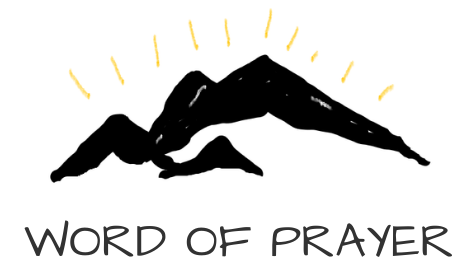
If you’re reading Genesis, “In the beginning…” is the most memorable opening to a great book.
“In the beginning, God created the heavens and the earth. The earth was formless and empty. Darkness was on the surface of the deep and God’s Spirit was hovering over the surface of the waters.” Genesis 1:1-2
That is an incredible way to begin any story, but of course we aren’t talking about just any story, but the greatest story, which all starts with God.
The book of Genesis in the Bible takes us back to the beginning and shows us God’s creative energies at work. There is a story to creation, and we get to experience it in two distinctly different ways.
God created a world
Most people when reading Genesis for the first time are struck by the beauty and simplicity of the language. There is an orderly progression in God’s creation. It also has a rhythmic repetition. Here are two examples:
“There was evening and there was morning–the first day.” Genesis 1:5b (this recurs for each of the first six days)
“And God saw that it was good.” Genesis 1:10b (this recurs for all of the first six days except the second)

The Bible doesn’t go into detail about how God created the world. Our modern scientific curiosity bumps up against an account that is doing something besides explaining scientific details. What it does tell us is that God is powerful, he spoke the world into being. He called it good. He brought order out of chaos. At the end of it all God blessed and called the seventh day holy and he rested from his creative work.
The first lines of the Bible are like an almost poetic preface that presents God’s creation to us in all its order and grandeur. Then we get it again, but this time there is a story with characters. Starting in Genesis 2:4 it says, “These are the generations (toladoth) of the heavens and the earth when they were created.” The word generations (toladoth) will come up again nine more times in Genesis at the beginning of natural divisions or sections of the unfolding story (2:4, 5:1, 6:9, 10:1, 11:10, 11:27, 25:12, 25:19, 36:1 and 37:2). Each one advances the story further in significant ways. They also pick up on themes or words introduced early on and develops them with literary artistry. This is a story unlike any other, yet it is totally relatable on a human level.
Reading Genesis safely without getting flooded
A clear emphasis in the text early on is that in the middle of this good work or creation of God, he gives mankind a privileged place. He makes man and woman in his own image (a point emphasized multiple times, in 1:26-27 and 5:1-2). And men and women repeatedly choose to turn from God’s commands and goodness and seek what seems good on their own terms. This is what sin is. The result is death, shame, exile and alienation from God.
The stories that carry this theme can be short or more elaborate (Cain and Abel, Lamech, Seth, a great flood, Noah and his sons, the tower of Babel, to name a few). Oh yes, there are also a LOT of names and family trees given in the first chapters (especially chs. 5, 10 and 11). Don’t miss the overall point in the flood of names and lineages. God is determined to preserve or restore his good creation. He wants men and women to walk with him and seek goodness in him, not in destructive and selfish ways. He desires to bless all people, even if many are dead set on living life as they please.
God chooses to bless a man and woman with a child and to build a family that he will use to bless the nations. It starts with Abram and Sarai (and her servant Hagar), continues with Isaac and Rebekah, finds greater expression in Jacob and his two wives Leah and Rachel (and their two servants Bilhah and Zilpah), culminating in Joseph and his brothers in Egypt. The stories of these characters fill the greater part of Genesis (12-50) and prepare us for the continuation of the story that witnesses an exit from Egypt and heads to Sinai in the book of Exodus.
If you read the entire story of Genesis in one sitting it will take you about two hours. That’s something everyone should do or at least try. Then go back and re-read the individual stories and reflect on them. Ponder what you read and hear. Pray the message of the story and your questions and insights back to God. The Bible is more than great literature. It is God’s story and he wants to speak to you in the details of his story.
Do This
Here are two examples of ways to pray the stories for yourself.
First, Genesis 5:1-2 says God created man in his likeness, male and female, and he blessed them. Pray for God to show you his likeness and how you reflect it. For more meditation, listen to this podcast episode. (For more of these, check out our podcast page)
Second, Genesis 16:1-16 tells the story of Hagar who runs away from Sarai and Abram after being mistreated. Many people can sympathize with Hagar, though the truth is many others have been in a position closer to Sarai (actively mistreating someone) or Abram (allowing abuse to happen by remaining a bystander). The poignant cry of Hagar: “You are the God who sees me” (Gen 16:13) can become our own short prayer.
Try reading and praying Genesis yourself and listen to God speak to you through the stories.
If you’re teaching Genesis or its stories to children, read this very helpful article for some tips. The points are helpful even if you’re teaching a class to adults.
For a deeper study of the overall structure of Genesis, check out this article.
I’ve taught Genesis to different groups, young and old. If you are looking for a speaker or teacher to share with your group, get in touch with me to discuss details.
Ron

